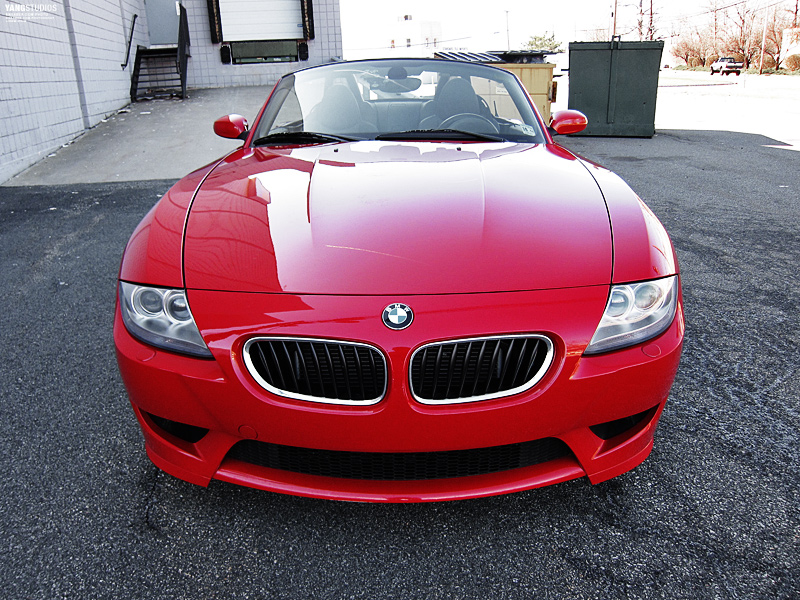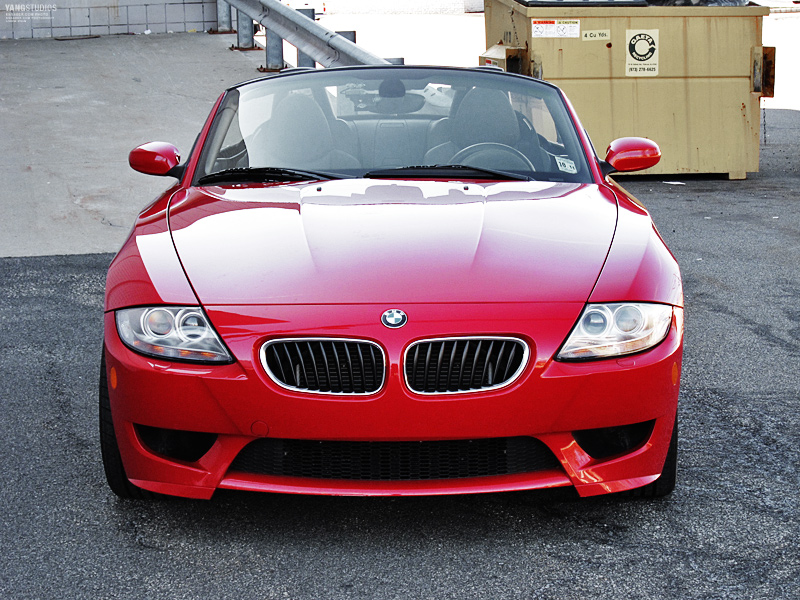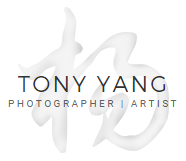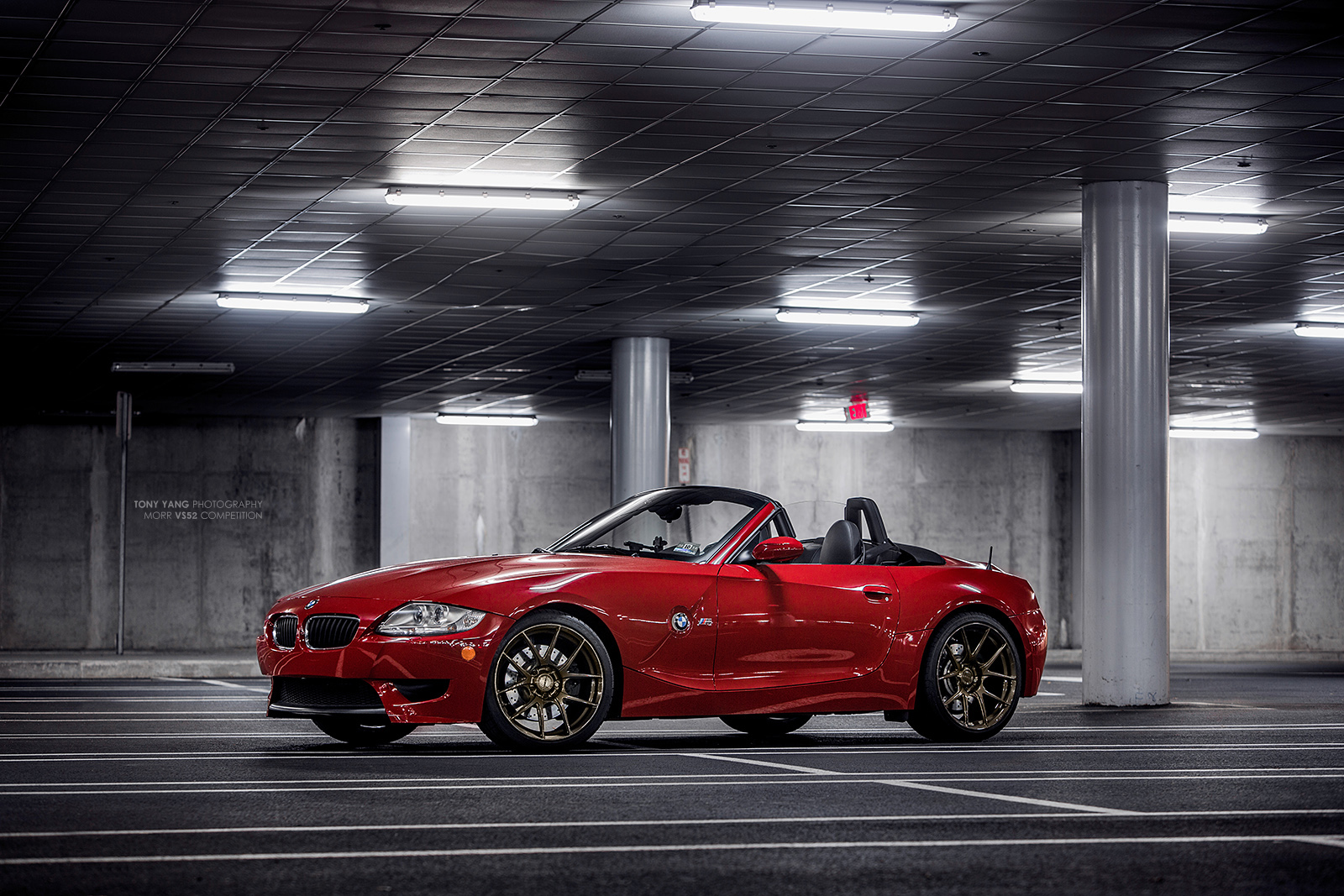I got beautiful new shoes for Mila. 19 inch MORR VS52 Competition wheels, powder coated in Bronze Chrome. The amazing work was done by The Alloy Artists.
Posts Tagged Roadster
Classic Meets Modern
Mila Star Gazing
This past weekend was supposed to be a great night for a meteor shower, so I took a late night drive up Palisades Parkway to 9W through Black Rock Forest in New York and stopped at a lookout. It was nearly pitch black with a hint of city lights in the distance. Unfortunately while I was busy setting up the camera and taking photos, I missed the few shooting stars that my friend witnessed.
The photos are all single exposures, taken with a Canon 16-35mm 2.8L on a full-frame body, 30 second exposures with a remote. The foreground was lit by the iPhone flash and the lens was manually focused. It’s a good idea to take multiple photos with slightly different focusing distances in case you misfocus the first photo.
Raise Your Weapon
Mila in Baltimore
Below you will see a composite from the evening photos. The main shot is the ambient light from the street. Other shots of Mila and the smoke were taken with a Canon Speedlite on a Quantum battery, triggered remotely by an Aputure Trigmaster (more reviews on the device in a future post). The camera is on a tripod while I hand held the flash at different angles pointing at Mila, and my assistant Tiffany would press the camera shutter on my command.
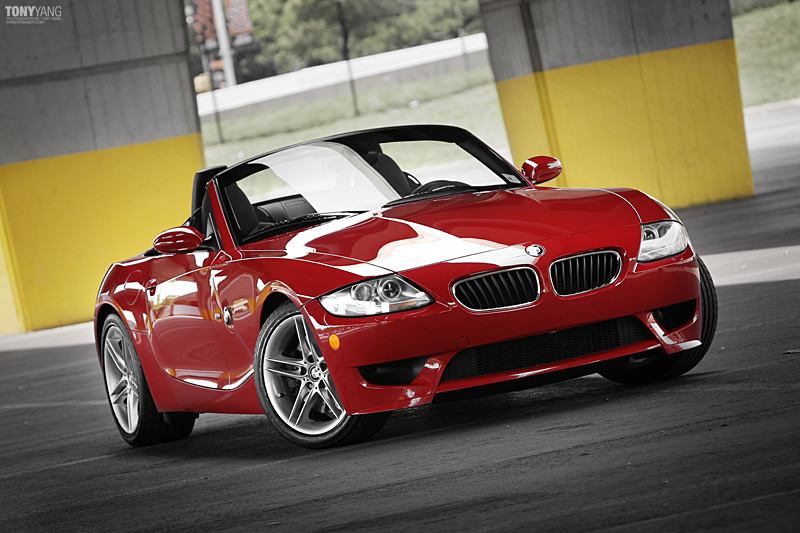
Mila’s first evening photo session
My favorite model, Mila is lit with two Canon 580 exII, triggered remotely, shot with a Canon 16-35mm and a 70-200mm. I metered the camera to expose the sky/clouds, and adjusted the flash power settings to lighten up the foreground. The image was desaturated using Hue/Saturation, while individually desaturating each color channel except for red and a little bit of yellow. A few Curves layers were added to create the mood.
Hover over the flash at the bottom to see the process.
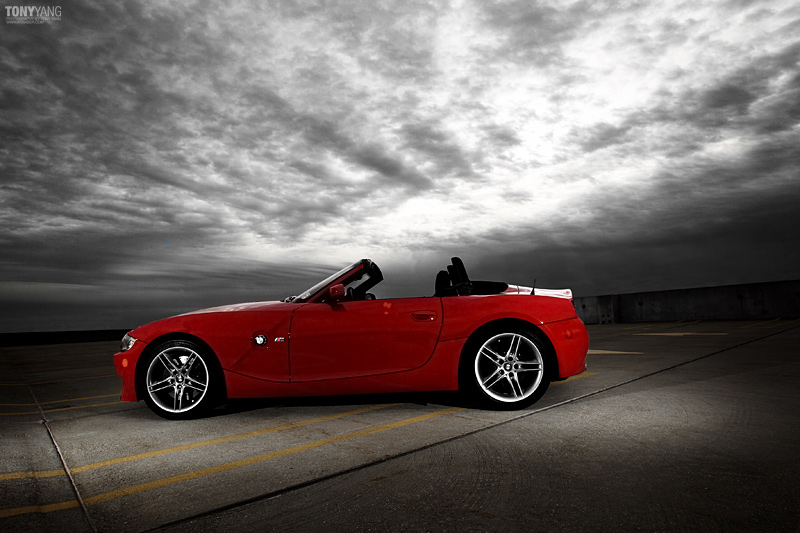
Driving Videos
I realized I never posted these two driving videos, both were recorded last year. The first drive was through Bear Mountain in my Z4 M Roadster. Unfortunately only one GoPro was in HD, and the one viewing my car was low-res. The second was a rental car driving down the Pacific Coast Highway from San Francisco to Los Angeles. I can’t wait till the weather warms up and I can make more polished videos with my new GoPro Hero HD.
Enjoy!
Santa’s Ride
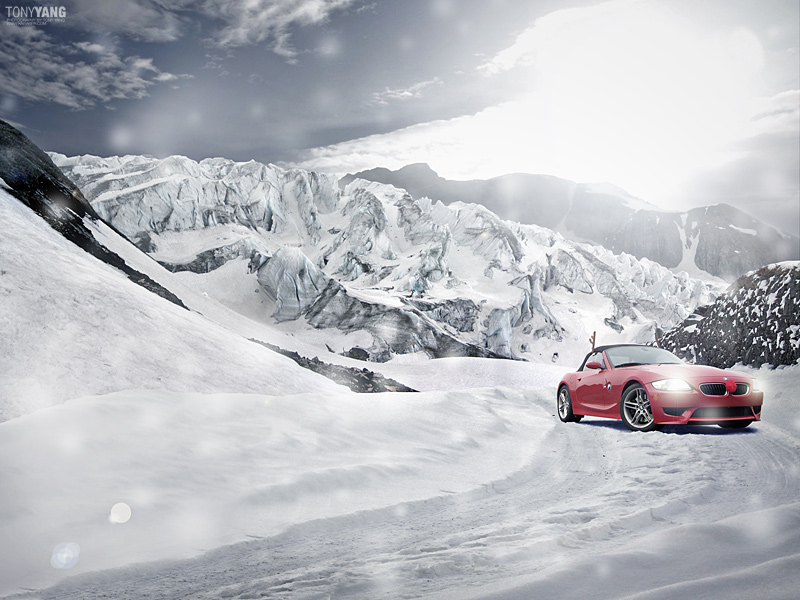
Photography Lesson #12: Wide vs Telephoto
While most people understand the basic difference between wide angle and telephoto angle is how much you can see in an image, they do not realize there’s a change in perspective, distortion, and depth of field when you change from wide to telephoto. The same rules apply to all lens, whether it’s a DSLR or compact, if you learn the basic rules, you can become very effective in taking photos in the way you intended.
Wide angle would be considered 35mm or below, and telephoto would be 85mm and above.
Depth of field
Wide angle produces a larger depth of field while telephoto produces a more shallow depth of field. When you shoot wide at f/2.8, most of your scenery will still be in focus, whereas a telephoto at f/2.8 will be focused only one a certain point with everything else blurred due to more shallow depth of field.
Light
If you have a cheaper lens that does not stay at the same aperture when zooming in or out, you will lose light when zoomed into telephoto. A 70-200mm f/2.8L lens will stay at f/2.8 from 70mm all the way to 200mm. A cheap 55-135mm f/3.5-5.6 lens will change from a maximum of f/3.5 at 55mm to f/5.6 at 135mm, you already know that you’re losing light just by zooming in. Even though a compact point and shoot does not list the specs, the same rules apply, the more you zoom in, the less light comes in. Never zoom in without flash or tripod when shooting indoors on a compact!
Distortion/Perspective
As you change from wide angle to telephoto, the perspective and distortion changes. A more skewed perspective is not necessarily worse than an accurate one – you can use either to your advantage. In wide angle, the perspective is stretched, lines converge into a far-away vanishing point, objects closest to the lens are large, and become significantly smaller as they move away from the camera. This is why you can squish your loved ones between two fingers when you place it in front of a camera, there is a huge difference in size vs distance. A telephoto lens will keep the distortion at a minimum, the vanishing point is less obvious, and objects stay closer in size even at different distances.
Some real world examples include people photography. Why do people always suggest telephoto lens as a better portrait lens? That’s because a large telephoto lens will not distort a person, and keeps everything in proportion. Accuracy is important in most situations unless you specifically want to distort the subject. Ideally, it would be best to shoot a person with a lens anywhere between 100mm to 300mm, but you would have to stand half a block away! The same results apply to any object, like a car.
The wide angle photo has an extreme perspective, the front of the car is extremely large and scales down dramatically as it moves away from the camera. The dumpster shrinks a lot, and the pickup truck in the background is only about the size of my rear view mirror. You know for a fact this is not an accurate size in real life – you know it’s perspective.
The telephoto view is much less distorted, the car has more proper proportions, the dumpster grew in size. Even though the car fills in the same amount of space in the picture frame, you will notice a lot less of the background is visible. The telephoto lens narrows its field of view. Not only do objects get smaller, there is also a distortion as you look at the front of the car. You will notice the wide angle photo bulges or bends the front of the car into a much rounder shape – imagine doing that to a person’s face!
Which photo is better? That’s your opinion. An accurate representation may be your desire, or you can have a more artistically rendered representation of an object. I like the wide angle because it makes the hood aggressively larger than the mid-section – that is what a roadster is. I am emphasizing the “land shark” nickname of this car. The narrower windshield makes the car look more streamlined as well.
